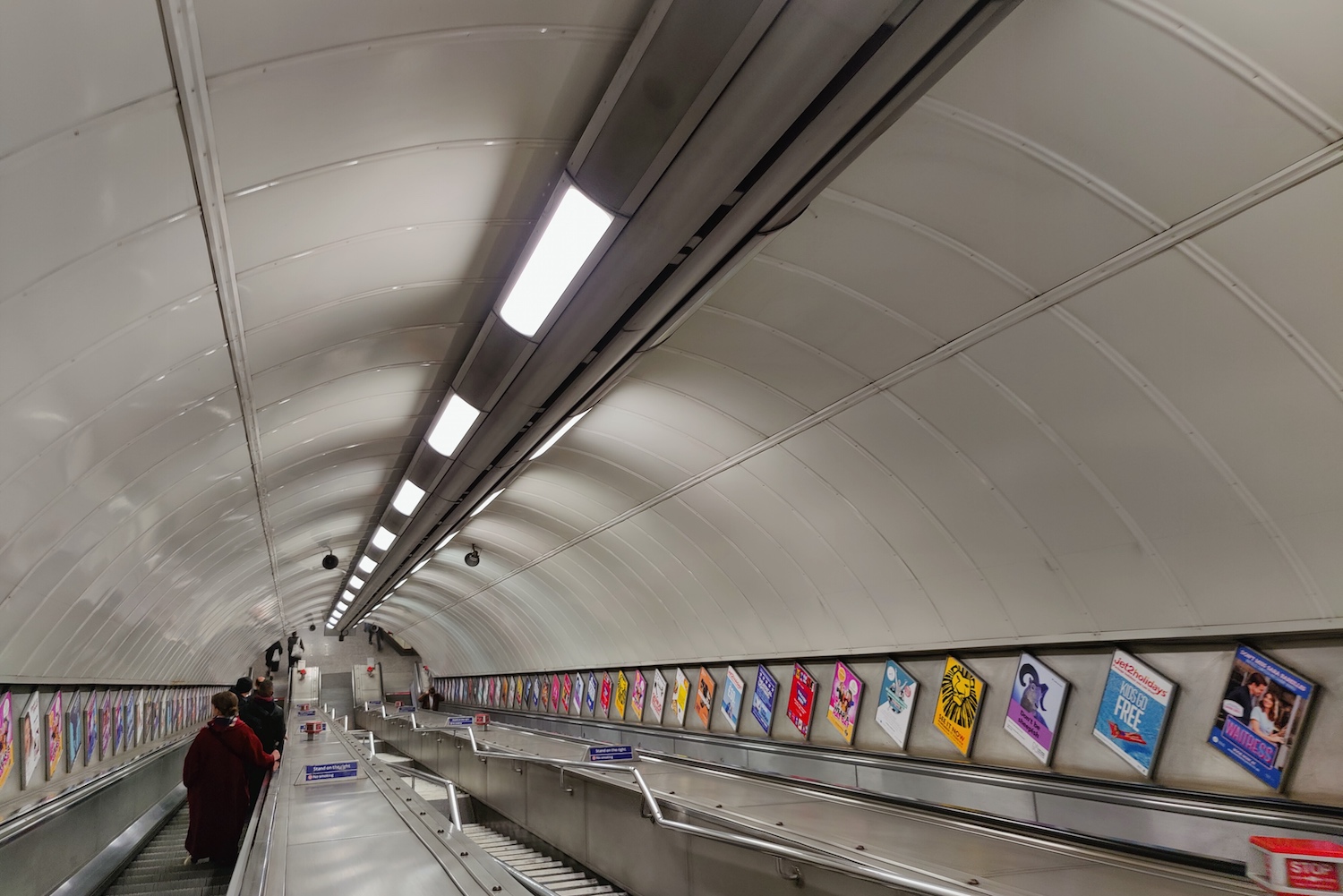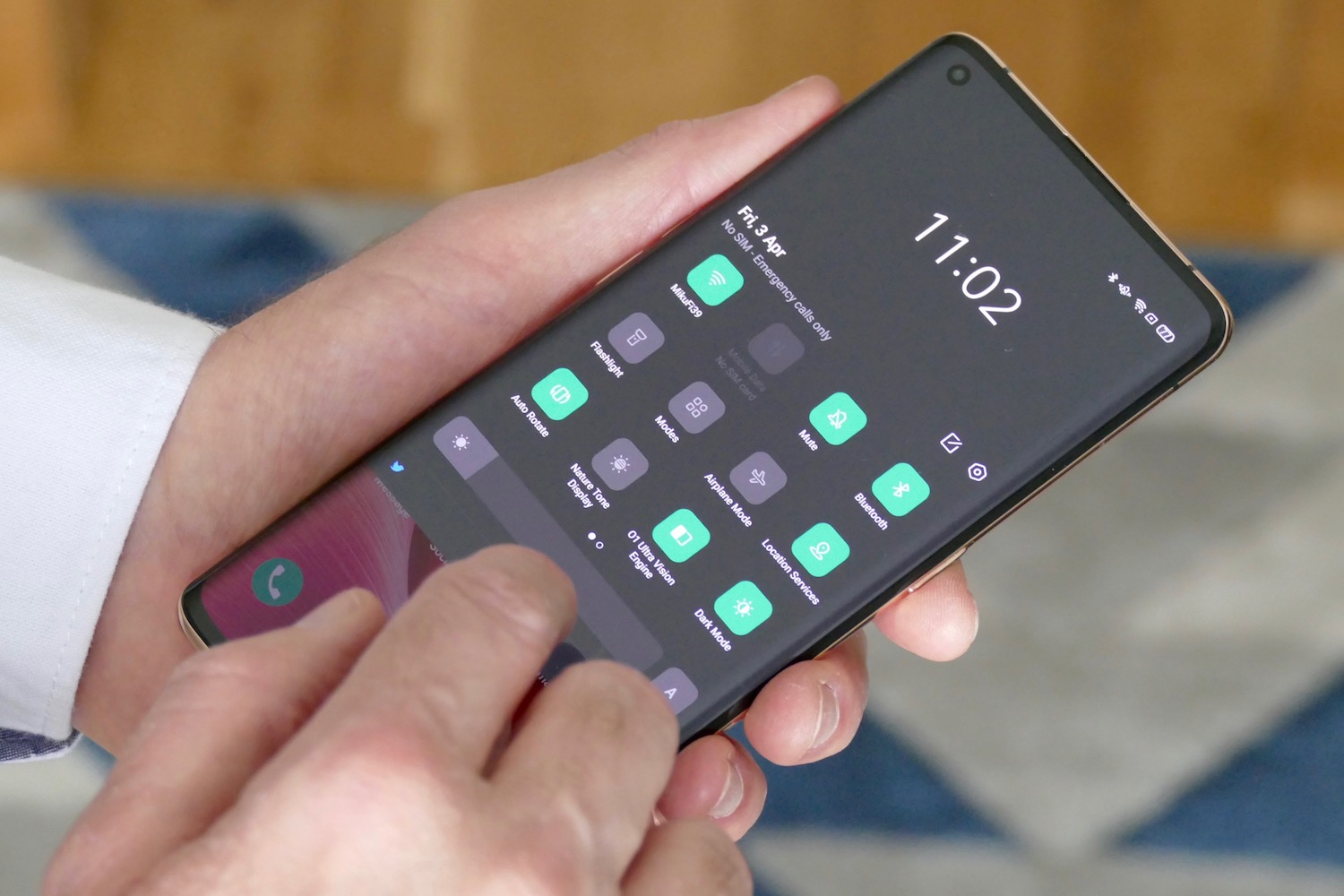- Stunning OLED screen
- Fast charging
- Versatile camera that takes great photos
- High performance SoC with 5G
- Expensive
- No wireless charging
How do you follow the Oppo Find X? It was ahead of its time in design, gave us an innovative and unusual motorized camera, and even had a completely insane Lamborghini version. It seems Oppo itself wasn’t quite sure what to do, as it has taken 20 months for the company to come up with a sequel.
Meet the Oppo Find X2 Pro, a phone that’s not as outwardly flashy as the Find X, but is even more capable.
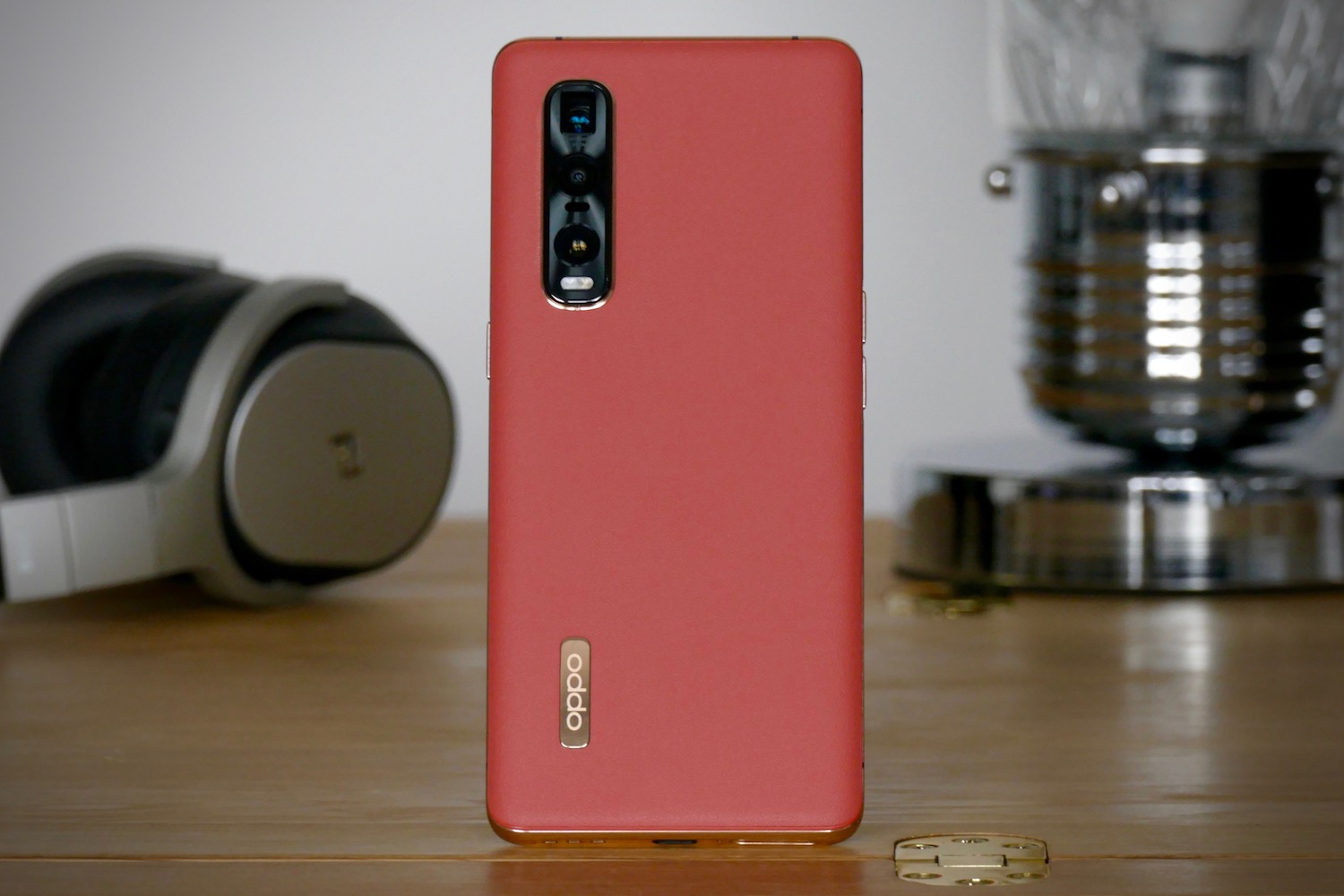
I spent a few weeks with a prerelease phone at launch,then another week five months later with a final production model. It continues to impress me more than any Oppo phone before it. That’s thanks to advancements in the software and design. While it’s not perfect, it’s the first Oppo phone I feel confident recommending. Here’s why.
Updated on September 18, 2020: Revised the software section, commented more on the black ceramic model, and added other alternative purchase options.
Design
Oppo’s decision to make the Find X2 Pro more conventional is the right one. I miss the madness of the Find X and other Find series phones just as much as the next tech fan, but they weren’t always practical. The Find X2 looks normal, perhaps to the point of feeling derivative from the front. However, the orange vegan leather back panel and gold accents prove Oppo’s design department still knows how to party.
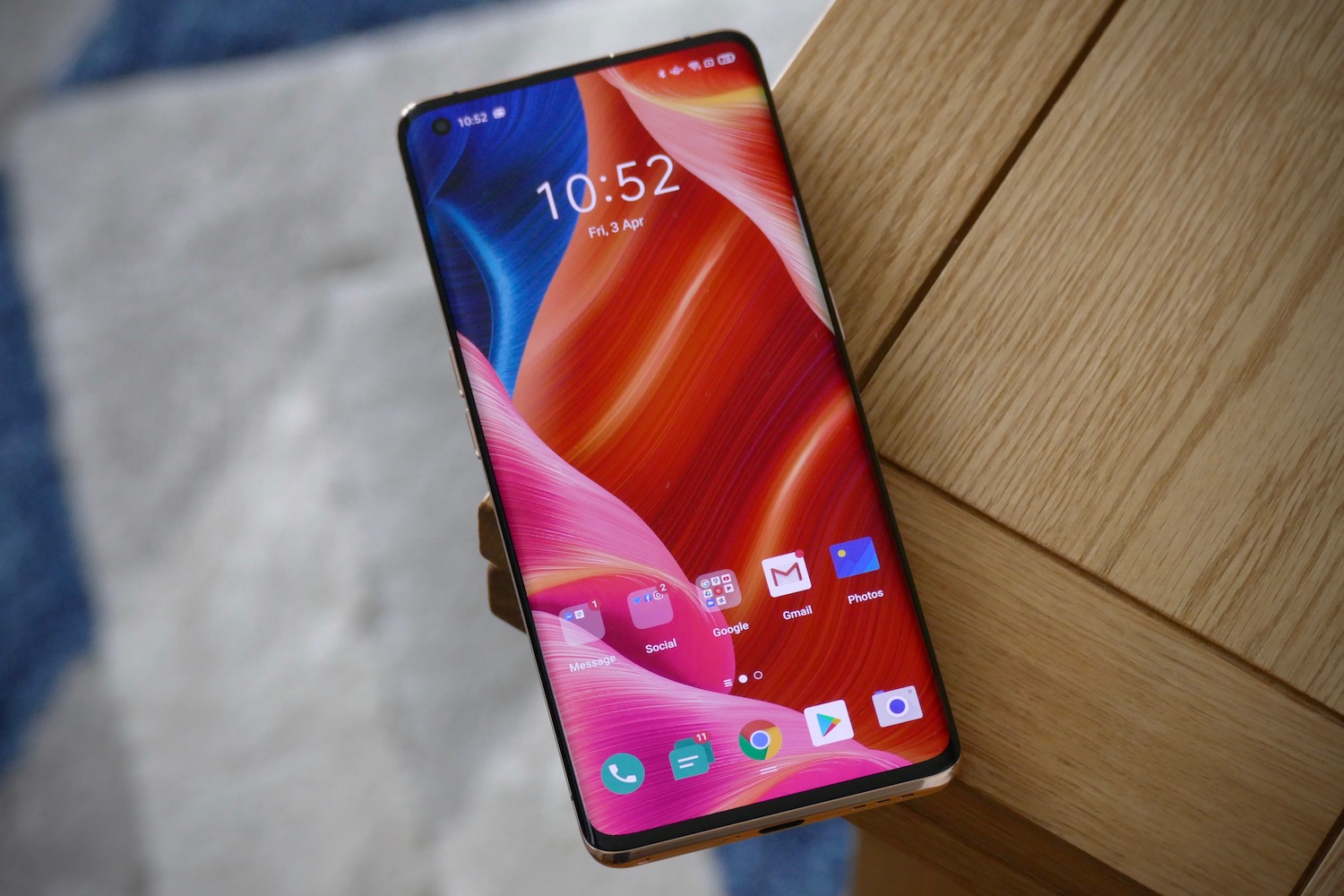
The beautifully curved 6.7-inch OLED screen cascades down the sides, but not to the extent you see on the Huawei Mate 30 Pro. It’s a subtler, shallower drop that still gives an immersive viewing experience. Oppo’s Light Effects notifications use the curved glass to alert you, displaying colored light when you get a call or new message. It catches your eye, keeps you informed, and looks cool.
A gold aluminum chassis is sandwiched between the front glass and the vegan leather back. It’s smooth and gently curved so it doesn’t dig into your palm, while the leather back is warm to the touch. The Oppo Find X2 Pro is a joy to hold.
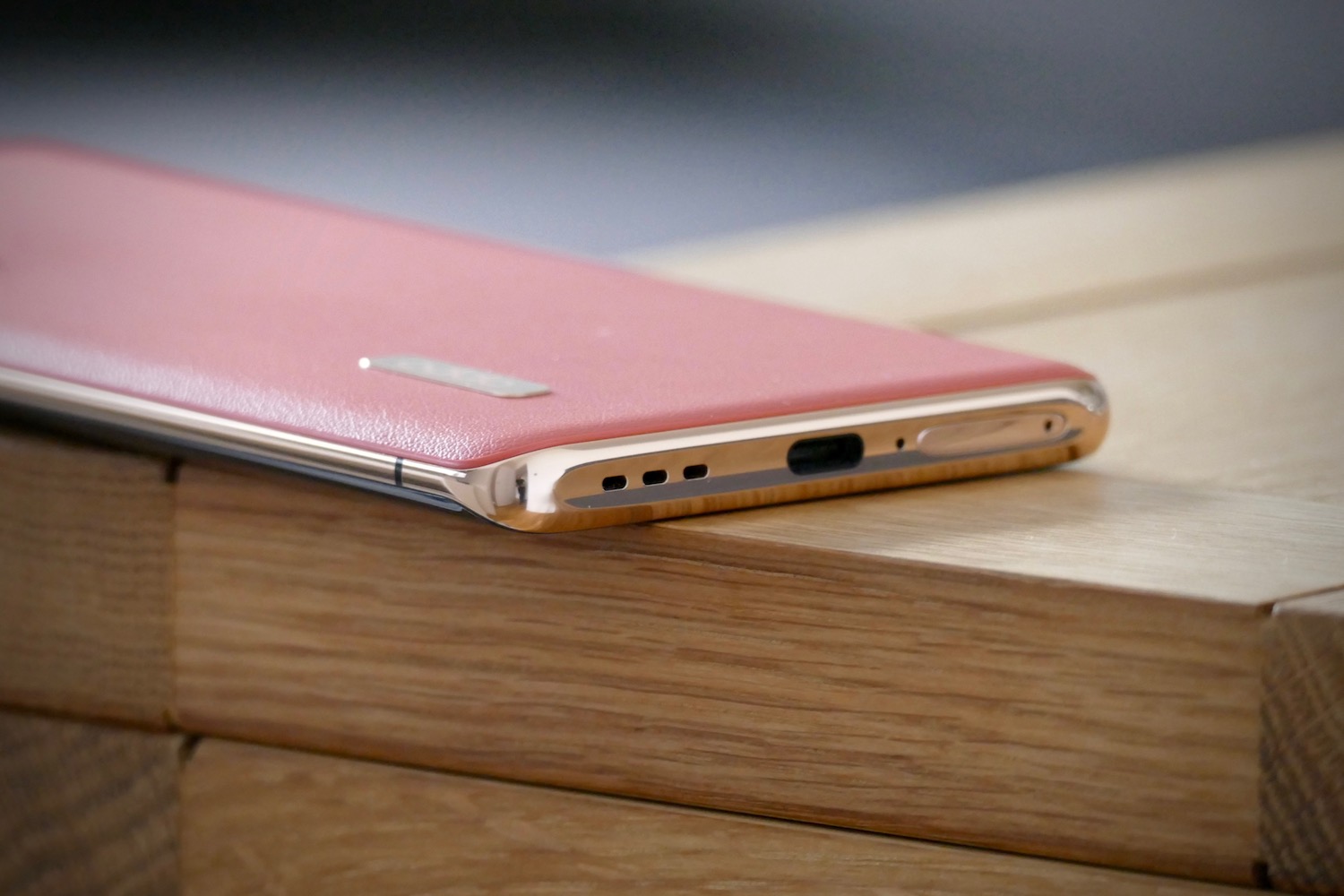
The leather doesn’t have a heavy grain, and only the slightest texture, but it’s grippy. The phone never feels like it’s about to slip out of your hand. Whether the gold and orange color scheme appeals will be down to personal choice. Personally, I love the orange leather, but dislike the chintzy gold, and the Oppo badge looks like an afterthought.
There’s a black ceramic model available if it’s too gaudy, and its this version I used after release. The back has a subtle texture to it and its far more grippy than I thought ceramic would be. It’s highly reflective but isn’t a fingerprint magnet, and in my opinion looks very classy and expensive.
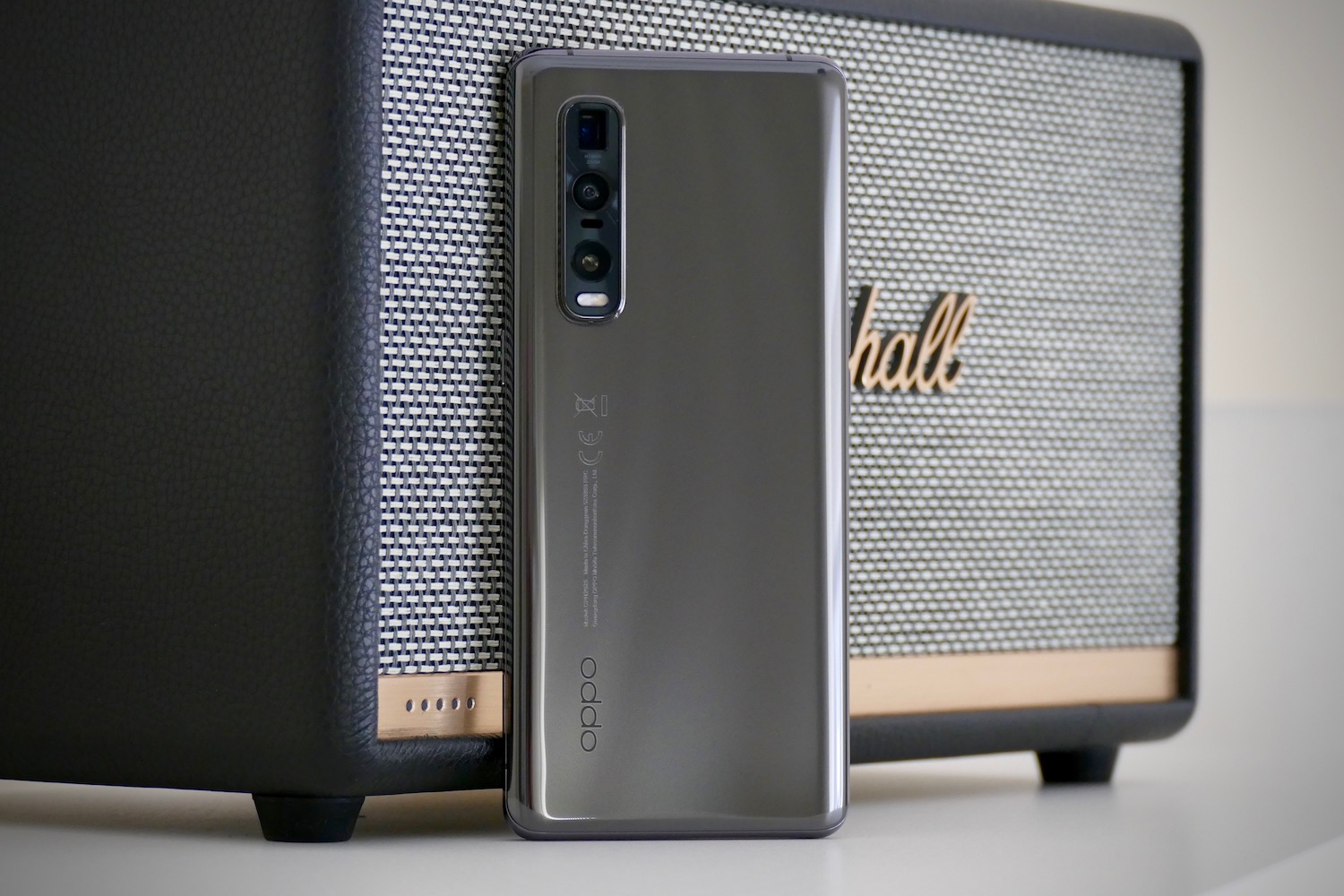
The leather model is slightly thicker and heavier than the black ceramic Find X2 Pro. At 9.5mm thick and 200 grams it’s quite a large phone, especially when compared to the featherweight, 186 gram, 7.8mm-thick Samsung Galaxy S20 Plus. It’s still pocketable, and never feels unwieldy, but is slightly top-heavy. The design, premium materials and build, and excellent in-hand comfort makes the Find X2 a mature and desirable phone.
Screen
Oppo has put a lot of technology into the Find X2 Pro’s screen, and it really pays off. The 6.7-inch OLED has a 120Hz refresh rate, 3168 x 1440 resolution, 240Hz touch sampling, 10-bit color, and HDR10+ support, plus something called the O1 Ultra Vision Engine to optimize video performance. With it, the Oppo Find X2 strongly competes with the Samsung Galaxy S20 Plus and the Apple iPhone 11 Pro, two mighty phones with stunning screens.
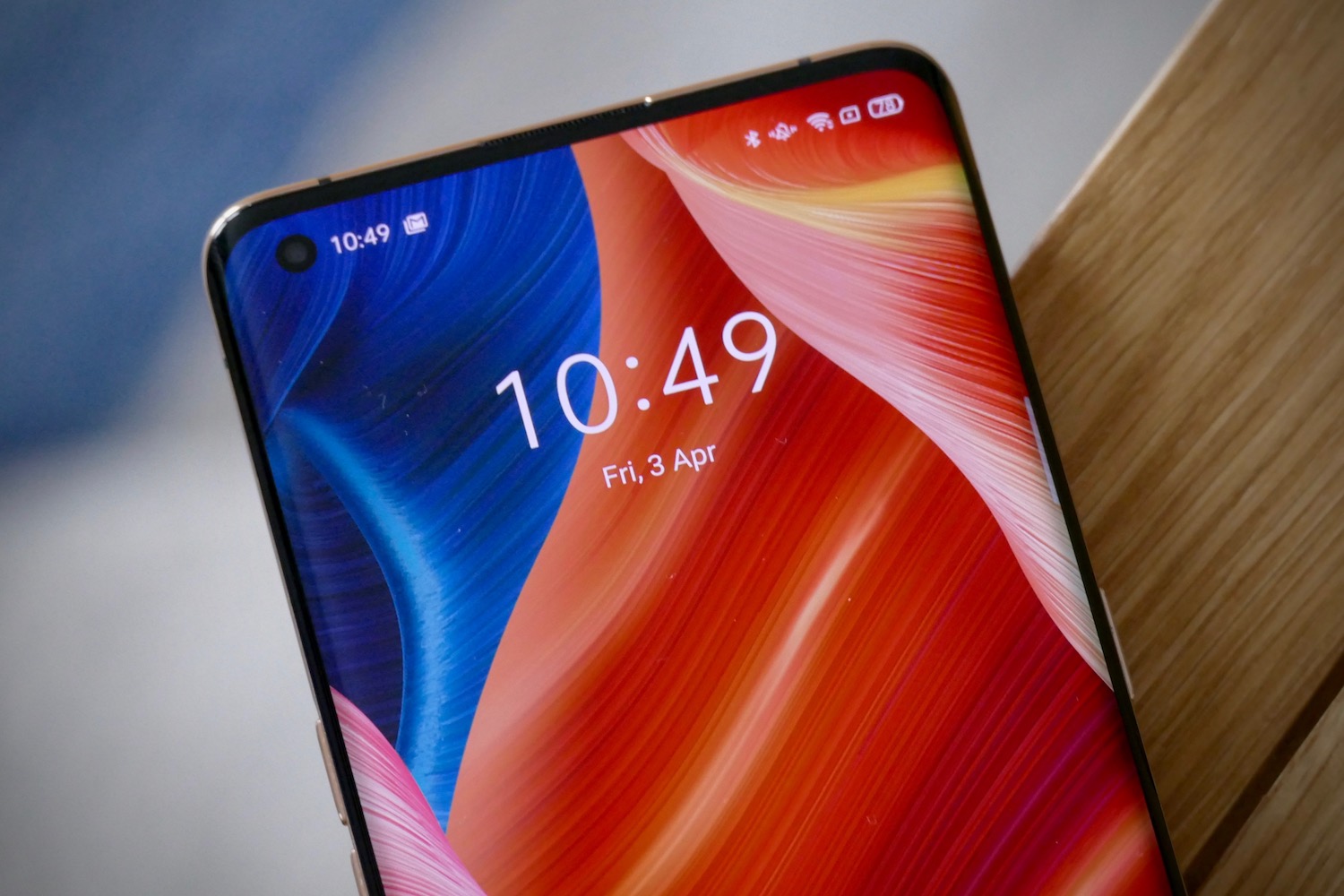
The Find X2 has plenty of options to alter the look of the screen, including adjusting the color temperature and the color mode, plus the chance to turn off the O1 Ultra Vision Engine if you don’t like the motion smoothing or HDR upscaling effect. With the color temperature set to default, the O1 Ultra Vision Engine on, and the color mode on Vivid, there is little to differentiate it from the S20 Plus when directly compared. Blacks are deep, shadows look perfect, colors are vibrant and strong, and detail is sharp. It’s a stunning screen out of the box, with plenty of adjustments available if you want them.
You’ll find dual stereo, full-range speakers on the Find X2 Pro, which is also equipped with Dolby Atmos support. The speakers have plenty of volume, and Atmos adds an extra dimension too, but the phone does lack bass and can sound harsh when you crank the volume up.

During the first few days of use, I was concerned the screen was a little unresponsive, which was at odds with the 240Hz touch sampling feature. My early review model had a screen protector attached that was lifting at one corner, and the feel of lag was removed with it. I didn’t experience any of those responsiveness problems on the second, final production phone I used, but did notice edge recognition issues when tapping buttons set in the bottom and top corners of the phone.
I should also mention the phone’s haptic feedback, which is wonderfully soft and tactile, and very close to the superb vibrations of the OnePlus 8 Pro.
Camera quality
The oversize camera bump on the back of the Find X2 Pro, resplendent in gold trim, has a 48-megapixel Sony IMX689 1/1.4-inch main sensor with an f/1.7 aperture, a second 48-megapixel Sony IMX586 ultra-wide sensor, and a 13-megapixel telephoto lens for a 2x optical zoom, plus a 5x and 10x hybrid setting and up to 60x digital. There’s dual optical image stabilization, Live HDR for video, and a macro mode, plus laser and phase detection autofocus.
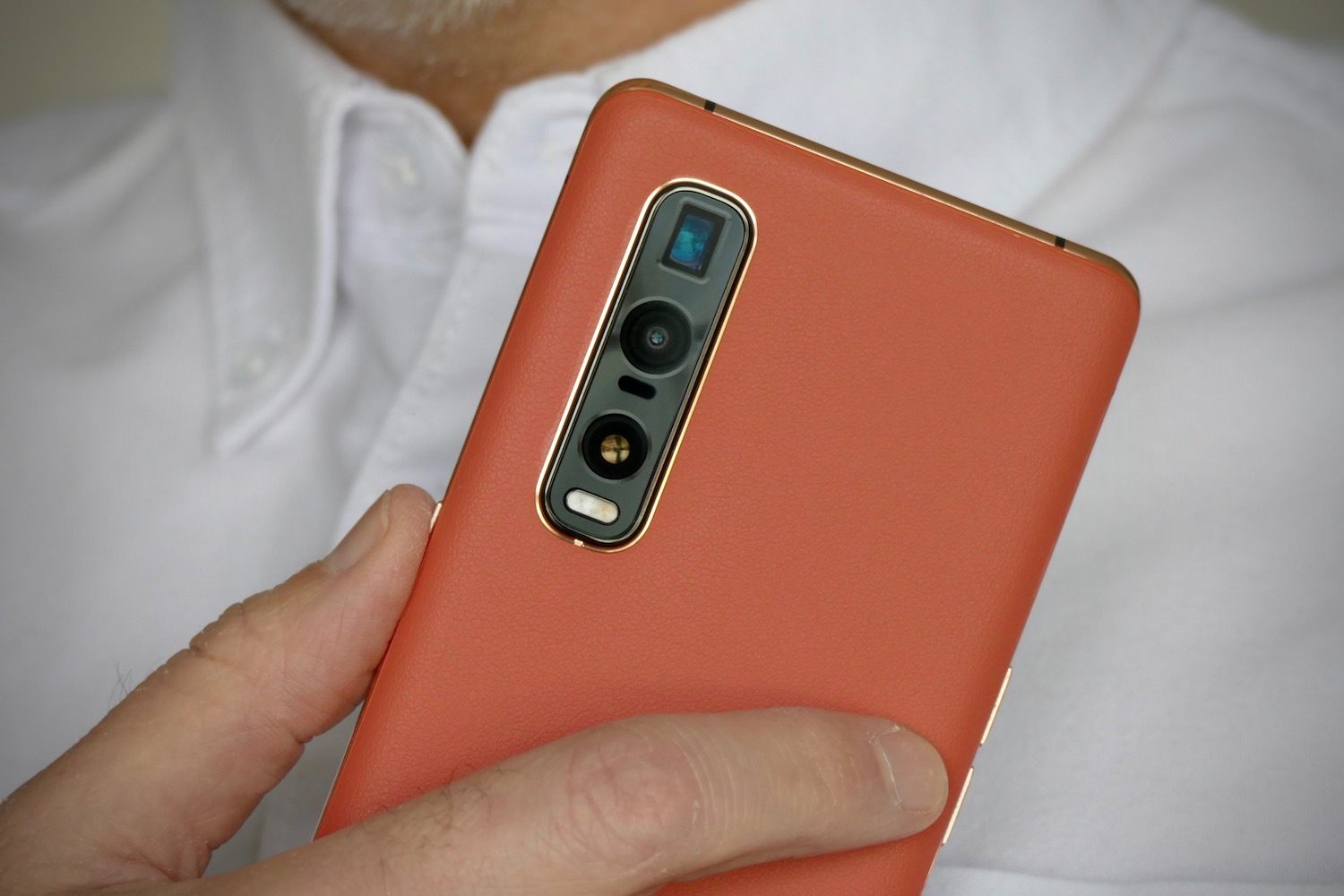
The camera app will look familiar if you’ve used a Huawei phone recently. From the zoom controls to the menu selector, the app’s layout is strikingly similar. I took photos before and after a key software update and liked many images from both. The camera takes colorful and detailed photos that edge toward a cooler palette than a Samsung camera. It can miss out on the atmospherics generated by phones like the Huawei P40 Pro, as well.
There’s a noticeable difference in dynamics between the standard 48-megapixel lens (Sony’s new IMX689 sensor) and the wide-angle IMX586, which tones down colors. That said, when you activate Oppo’s “Dazzle” color mode, which uses artificial intelligence to enhance your images, it ups the saturation level to compensate. Edge detection using Portrait mode is average and sometimes struggled to recognize even the simplest of shapes, but the large sensor produces decent natural bokeh when an object is nearby.
On the front is a 32-megapixel selfie camera in a small hole-punch, which comes with both a beauty mode and a night mode. This unusual addition to the selfie camera is surprisingly effective and reduces noise well in low light, but the processing time is long. However, I can see it being useful for many people. Otherwise, the selfie camera comes with plenty of filters and a decent portrait mode too.
The Oppo Find X2 Pro’s camera is excellent. It’s versatile, with a great zoom and plenty of neat features, and produces strong photo results whether you’re using the front or rear cameras. It’s reliable and capable.
Software and performance
Software is a traditional weakness of Oppo phones, and previous versions of ColorOS (the company’s Android user interface) were filled with frustrating alterations to normal Android features.
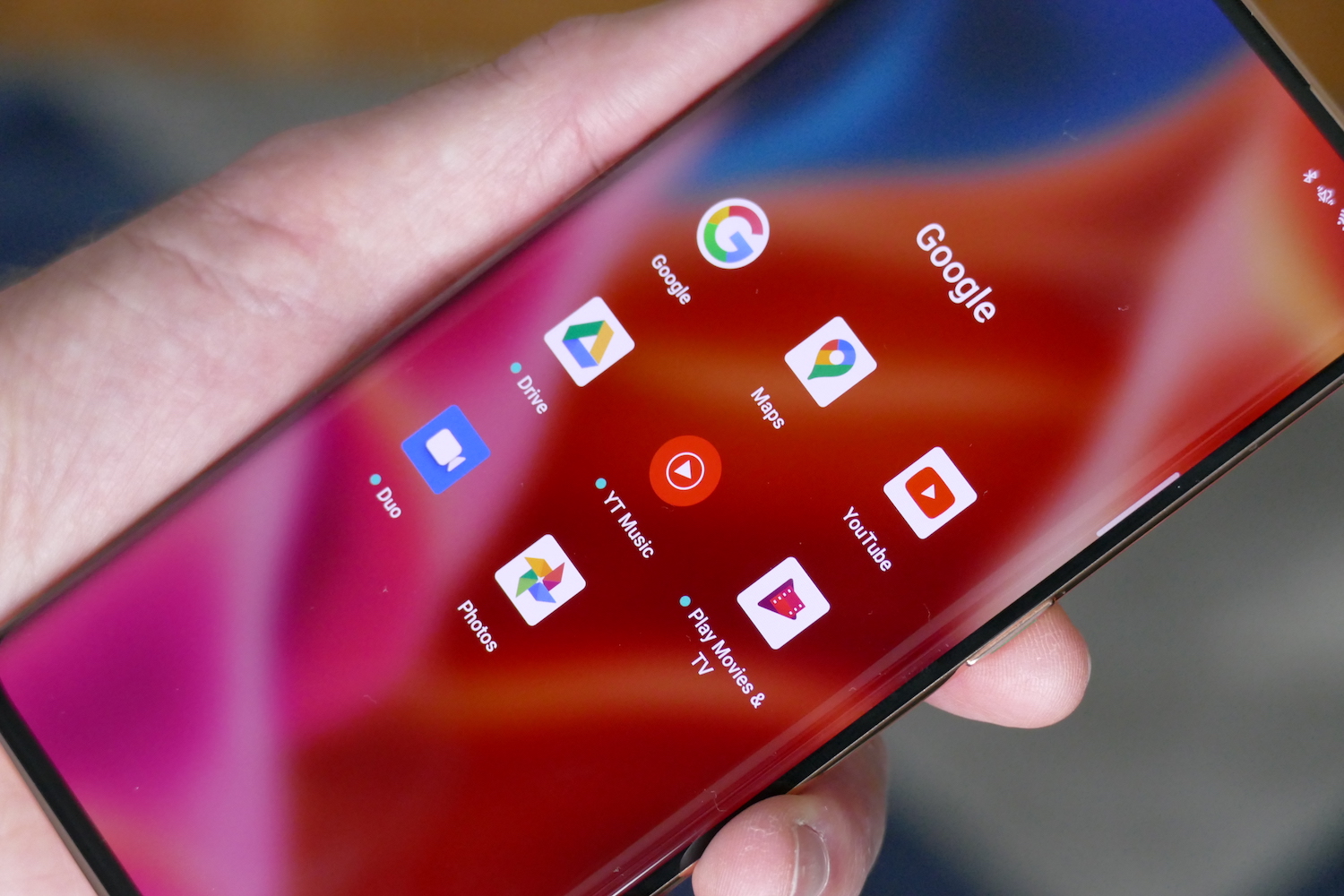
Luckily, Oppo has changed course. The Oppo Find X2 Pro comes with ColorOS 7.1 over Android 10. It’s more modern, with a far better use of clean space to improve usability. The interface is refined to resemble Android on a Google Pixel 4 phone, in that menus and icons look consistent and are found in the places you expect. It’s also fast and smooth, thanks to the 120Hz refresh rate screen.
The importance of this cannot be emphasized enough. Using the Find X2 Pro every day becomes a pleasure rather than a chore, because almost regardless of what phone you’ve come from, there’s no steep learning curve involved after switching. The always-on screen is helpful and shows notification icons neatly. I also like the systemwide dark mode.
It’s not all good news, and the issues I had with the Oppo Reno 3 Pro are present, such as the useless Smart Assistant you swipe in from the Home screen. However, since Oppo has fixed other issues, these are now disappointments in an otherwise solid interface.
A Qualcomm Snapdragon 865 processor and X55 5G modem are inside the phone, along with 12GB of RAM and 512GB of storage space. Running it through two benchmark tests returned these results.
3DMark: 6,523 (Vulkan)
Geekbench 5: 901 Single-core/3266 Multi-core
This is the fastest Qualcomm processor available, and it’s matched with a huge chunk of RAM, so the Find X2 Pro never lacks performance. The results put it ahead in tests against the Exynos-powered Galaxy S20 Plus, as well as phones with the Snapdragon 855 Plus, like the Asus ROG Phone 2.
On the early version of the phone I tested, calls were a problem. While reception was strong according to the icon and technically didn’t drop out, I often had trouble hearing the caller, and vice versa. It was intermittent, so not every call was affected, suggesting it’s a software problem. Sure enough, on the final production model, which has received several software updates since I last used it, call quality has been good and reception strong.
Battery life
The Find X2 Pro has an in-display fingerprint sensor and face unlock, both of which work very well, with the face recognition usually beating the fingerprint sensor in speed. A 4,260mAh battery, which is actually two 2,130mAh cells working together, provides the juice. This setup is instrumental in making Oppo’s SuperVOOC Flash Charge 2.0 fast charging system work, and in keeping temperatures down.
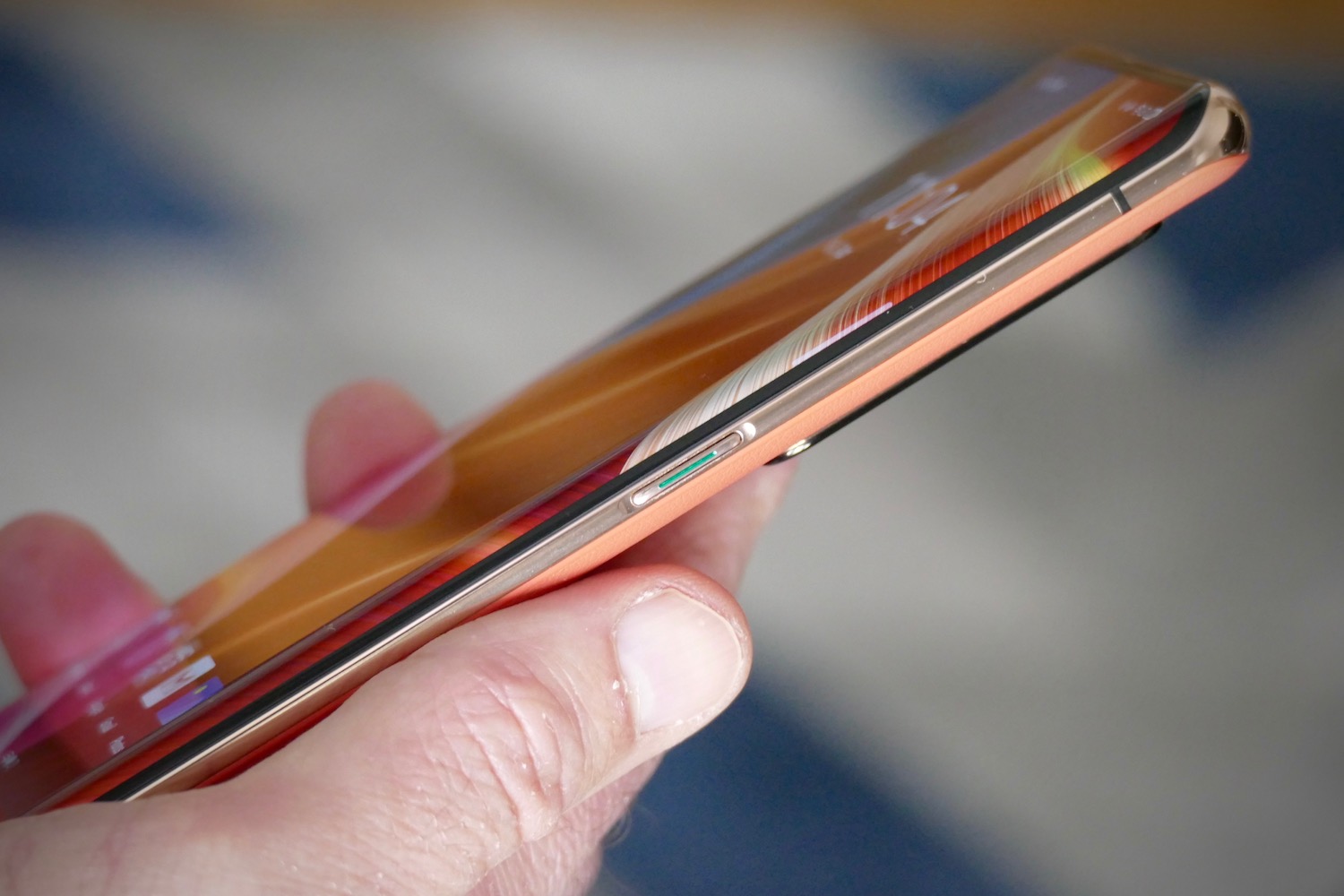
Using the included 65W wired charger, the battery is charged up at a furious rate. In just 30 minutes, it shot from 0 to 100% in my repeated tests, which essentially makes overnight charging unnecessary. Put the phone on charge when you’re getting ready in the morning, and it’ll be finished before you are. Sadly, there’s no wireless charging and over the past five months I have relied on this system more, so missed it using the ceramic Find X2 Pro.
Battery life is excellent. Using the final production model for a week with varied everyday use it has never dipped below 30% at the end of the day, and with moderate use it would likely last two days. Increased reliance on video calls recently has stopped this from happening now, but even with a few hours of WhatsApp video calls, the Find X2 Pro has never needed a top-up to last from around 8 a.m. to 1 a.m.
Price, availability, and warranty
The Oppo Find X2 Pro costs 1,100 British pounds (about $1,400 U.S.), and can be found on Amazon.com in the U.S., although not officially. In the U.K. the phone is available through Vodafone, EE, and O2, along with other online retailers. If you want to import to the U.S. Clove Technology will sell you one for $1,453. Oppo puts a two-year warranty on the device and the battery.
Our Take
The Find X2 Pro is Oppo at its very best. It has all the performance we expect from a flagship phone, without the impractical flashiness of past Find models, yet still enough individuality to appeal. The screen’s stunning, the camera is excellent, and the software has improved greatly over old models.
All this comes at a high price that puts Oppo in the same space as Samsung, Apple, and Huawei. That’s deservedly so, but it remains to be seen if Oppo has the brand name recognition to attract at this level.
Is there a better alternative?
Yes, mostly because Oppo has priced the Find X2 Pro quite high, and you can save some money by going for three extremely well-regarded smartphones instead. The $1,000 Samsung Galaxy S20 Plus is a strong alternative with very good software, a great camera, and one of the very best screens available. However, the design is dull compared to the Find X2 Pro.
The $900 OnePlus 8 Pro is great value, and although the camera is not as versatile, the software experience is superb, plus it has both fast and wireless charging. If you aren’t fixed on buying an Android phone, the $1,000 Apple iPhone 11 Pro is our top pick for the year so far, even though a replacement is due in the near future.
How long will it last?
With an IP68 water-resistance rating, the phone will stay relatively safe in the event of getting wet, plus the leather-backed version should remain attractive for longer since it won’t show fingerprints or be at risk from breaking like a glass rear panel. Ceramic is tougher and more scratch-resistant than glass as well if you opt for the black version.
Oppo’s track record with Android updates is not great in the past, but there’s good news on the Find X2 Pro. Oppo has announced ColorOS 11, which is built on Android 11, and said it will come to the Find X2 Pro in December 2020.
Should you buy one?
Yes. The stunning screen, excellent photo capabilities, fast charging, and 5G for future-proofing, mean the Find X2 Pro will serve you well every day for several years.










